Once a designer, always a designer?
In the summer of 2019, I had almost found my way back home, as I was now only 3 hours away from home by train instead of thousands of kilometers away. I started working at a private university in Madrid. One of my duties was to help incoming exchange students with their academic success, from registration for classes to assisting throughout their semester there.
The university used a registration software I had never used before, and academic advisors and other staff did not have access to it. A coworker shared with me a pdf guide with screenshots, so I had second-hand static information. When the first exchange student came to the office and was referred to me, I had a vague idea of helping her. I told her that I had only seen a pdf guide and that I didn’t have access to the platform, so if she didn't mind, we could work it out together with her laptop. Luckily, she had her laptop with her and the registration platform open. We worked together with her practical knowledge (what she had learned from poking around the platform) and my theoretical one (what I knew from the guide). And we succeeded: we figured things out, and she walked out of the office with a registration that satisfied both her home university and the host university requirements.
The following exchange student was already waiting for me, so I didn’t have a lot of time to plan my next session. And that went on for about a week: I applied what I learned with each interaction to the next one, ready to learn and provide a faster and better help to the next student, but doing everything primarily by gut instinct. I felt reassured in my work when students told me another student had referred them.
And later on, when I did have a moment to put together an essential guide on how to interact with incoming exchange students their first week there, I realized that I had used human-centered design techniques without noticing. I used my previous knowledge as an exchange student to empathize with students. I kept an open mind, tried different things, and ultimately stuck with the one that proved most effective for them. But most of all, I used empathy. I genuinely wanted to know which were their main concerns: getting the requirements to graduate on time for their home university or have Fridays off to travel and get to know Spain while they were there.
There is a theory that says that learning a foreign language rewires your brain. And having been Catalan - Spanish bilingual from birth, I know sometimes it just makes more sense to use Spanish for one expression, even if I was speaking in Catalan. In this particular context, the human-centered design was the language that best suited the situation.
